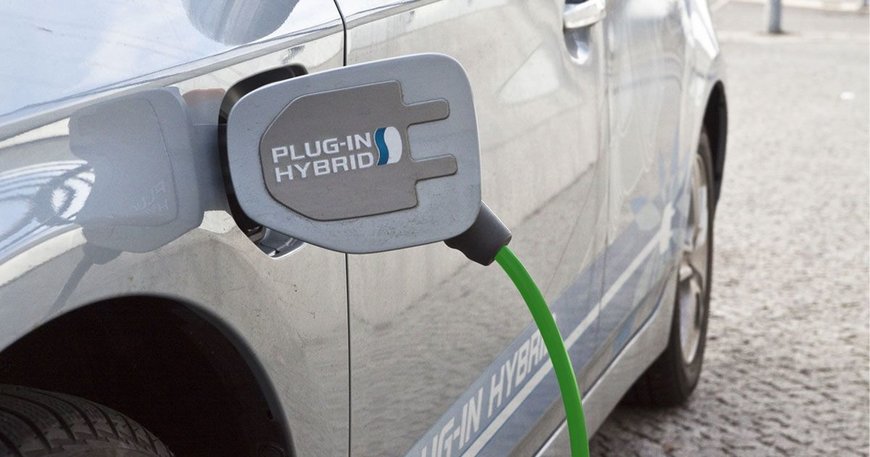www.auto-innovations.net
13
'21
Written on Modified on
KEBA News
What you should know about charging your PHEV at home
Is it worth having a wallbox for my plug-in hybrid (PHEV)? With modern plug-in hybrids, distances of up to 90 kilometers can be achieved purely electrically.

That is usually enough for the commute to work or other everyday journeys. All the same, the batteries of these PHEVs are significantly smaller than those of purely battery-electric vehicles (BEVs). So, is a household socket sufficient for daily charging or does it still make sense to have a wallbox?
Safety is the main aspect - a wallbox protects against overloading
If you regularly use the purely electric range of your PHEV - and that is the point of having this type of vehicle - you will also need to charge it regularly. This results in a significant load on the power line and the socket, because a charging session of 5 hours at 2.3 kW corresponds, for example, to operating a radiant heater for the same amount of time. If, in contrast, charging is carried out using a wallbox, it is guaranteed that the cable structure is able to cope with this extraordinary load: installation by a specialist company ensures that, firstly, the cable diameter is adequately dimensioned and, secondly, additional safety mechanisms protect the household power grid. In addition, the wallbox itself prevents overloading. This means that charging is absolutely safe - in single-family homes as well as in apartment buildings.
Using a wallbox means higher charging power, ergo shorter charging times
A plug-in hybrid can be charged with 2.3 kW using a standard 230 V, 10 A household socket. Which means that with a battery capacity of 12 kWh, it takes around 5 hours to charge from 0% to 100% state of charge. If the driving profile allows for an overnight charge, this relatively long charging time is sufficient. However, if you need to recharge as quickly as possible between two long journeys during the day, for example, you need a higher charging power.
PHEVs can generally only be charged in single-phase mode, but at a higher current than is compatible with the standard plug-in socket: most plug-in hybrid models can be charged at 3.7 kW (230 V at 16 A), which significantly reduces the charging time for the example vehicle: from 5 hours to less than 3.5 hours. However, this is only possible with a professional charging solution such as a wallbox.
Prevention of unauthorised access, full cost transparency and ease of use
In shared garages, a wallbox provides a further advantage: a wallbox with user recognition guarantees that only authorised persons are able to charge. This is rather difficult to achieve with a standard socket solution. In addition, wallboxes with the respective features are able to measure the current and record the charging data.
This makes it possible, for example, to precisely quantify and bill the electricity for a company car with plug-in hybrid drive without a separate energy meter, or to determine the consumption of individual users. Last but not least, a wallbox with a fixed charging cable offers a high level of convenience: the cable and plug don't lie around on the floor and get dirty, nor do they have to be retrieved before each charging session and then stowed away again. Simply park and plug in.
Fit for the future with a wallbox
Another positive aspect of a wallbox is its versatility. Even if the PHEV can only charge with one phase and a maximum of 3.7 kW - a wallbox is usually designed for 3-phase charging with at least 11 kW (and often even 22 kW). So if you decide to buy a pure battery electric vehicle after your plug-in hybrid, you will also be able to charge that with your existing wallbox. A new charging unit in the carport or garage is then not necessary.
Good to know: All wallboxes are equally subsidised - regardless of whether a PHEV or a BEV is being purchased.
www.keba.com

